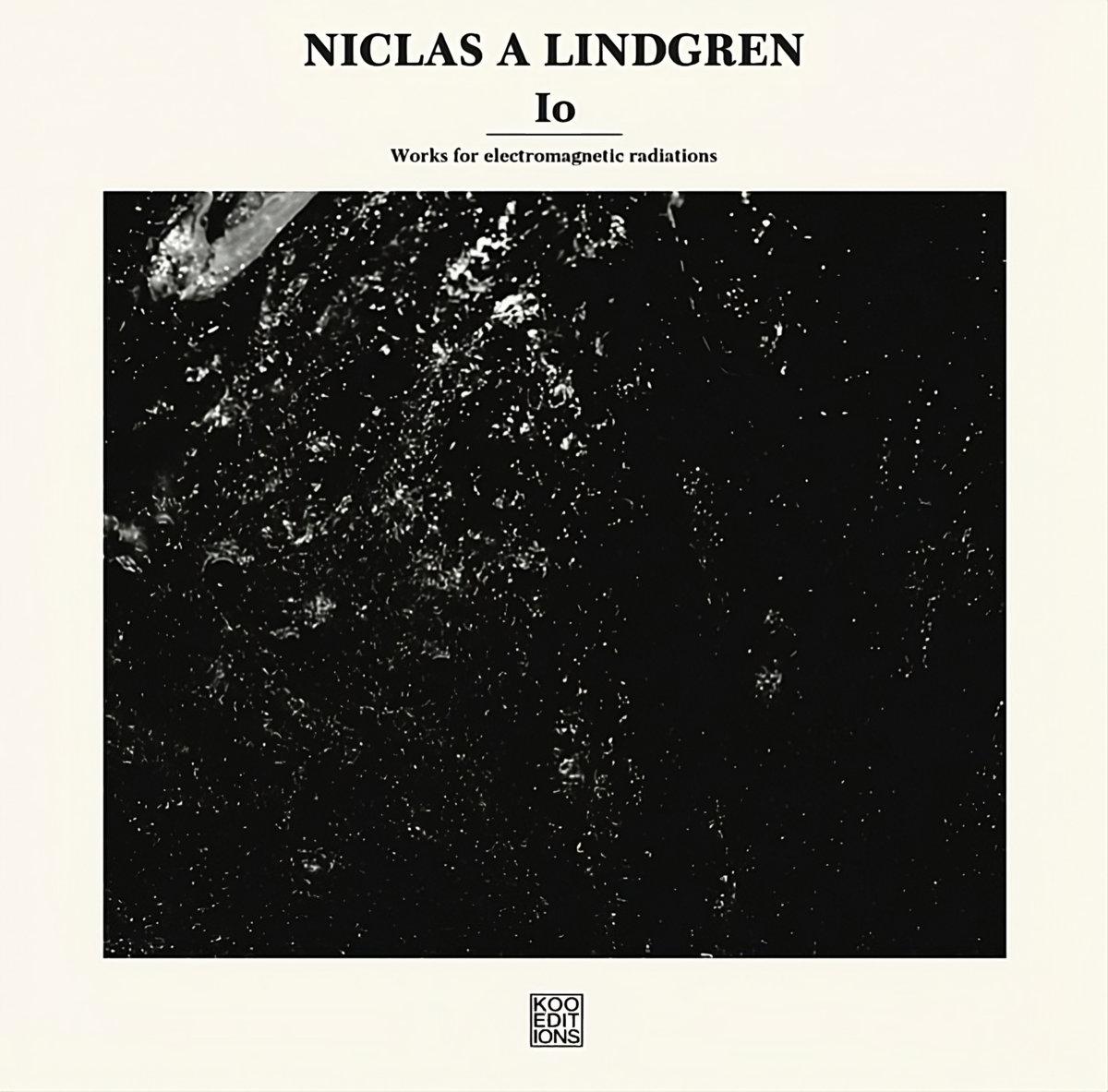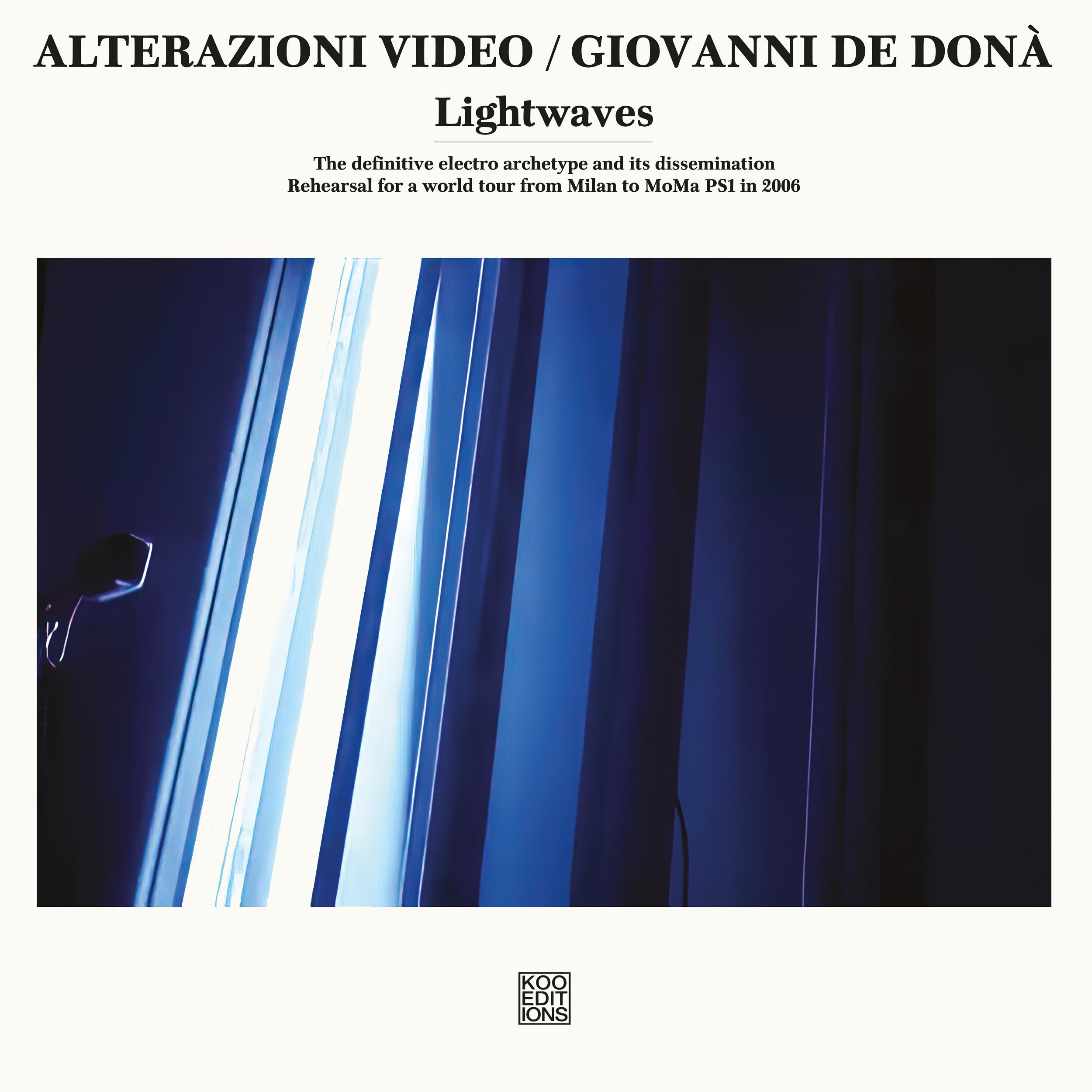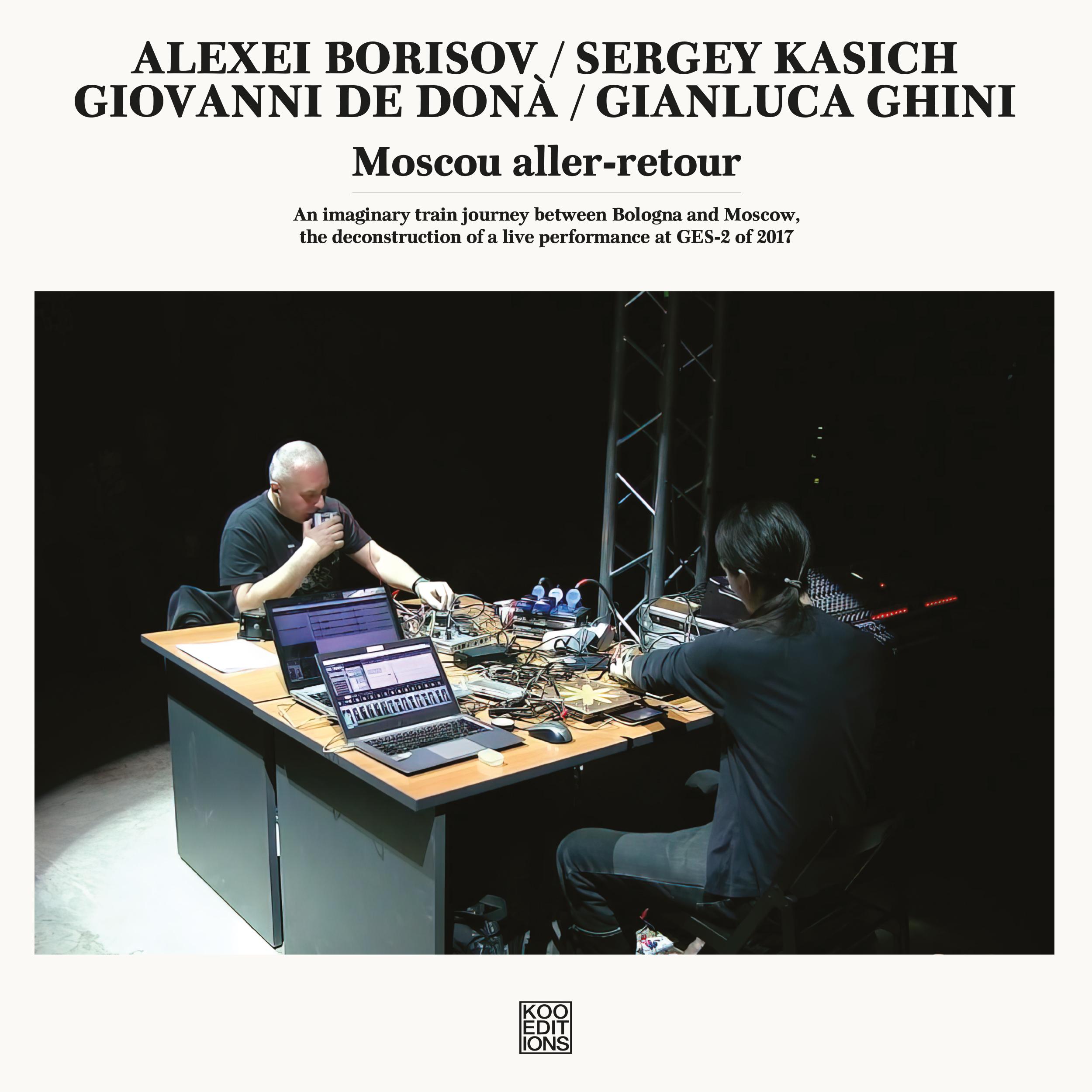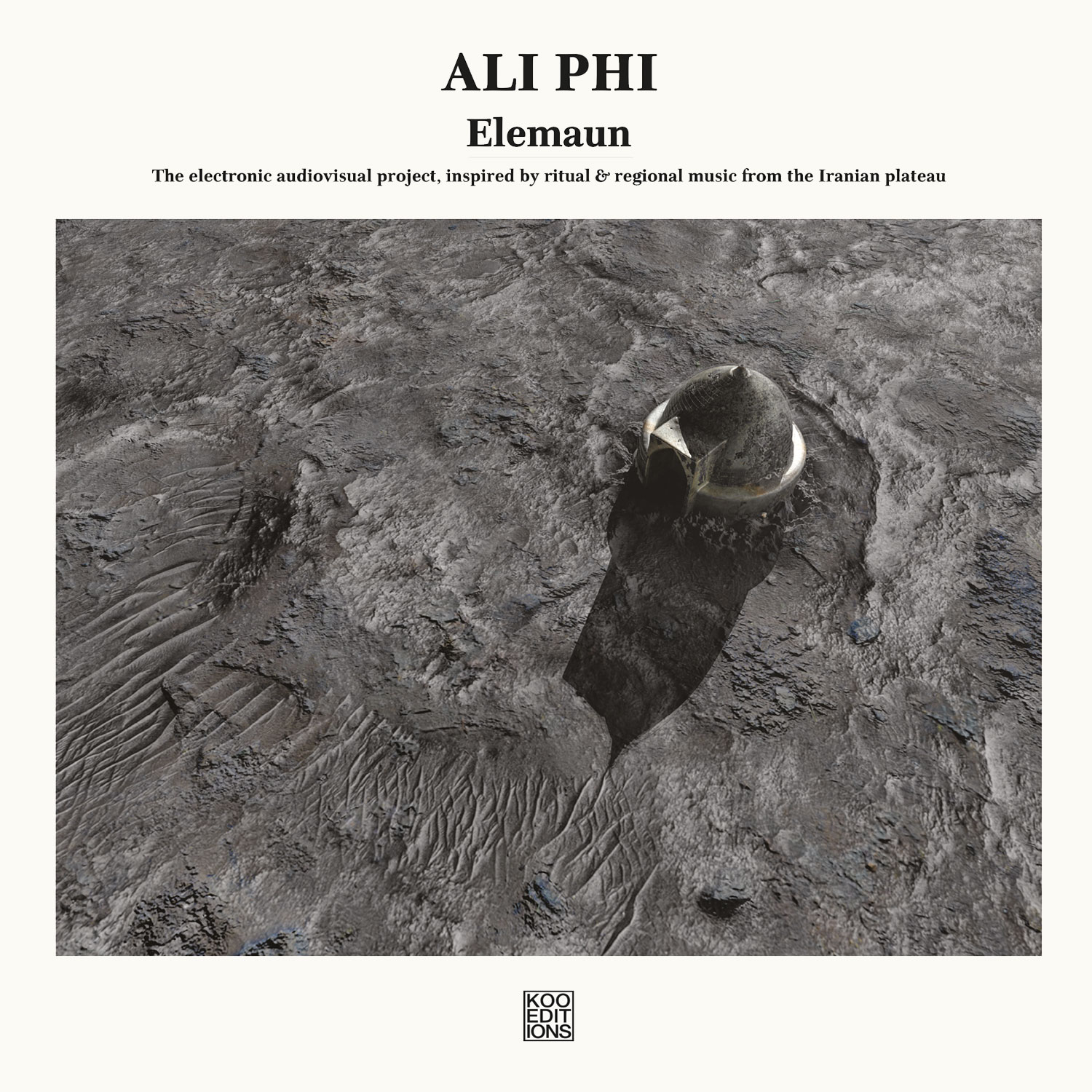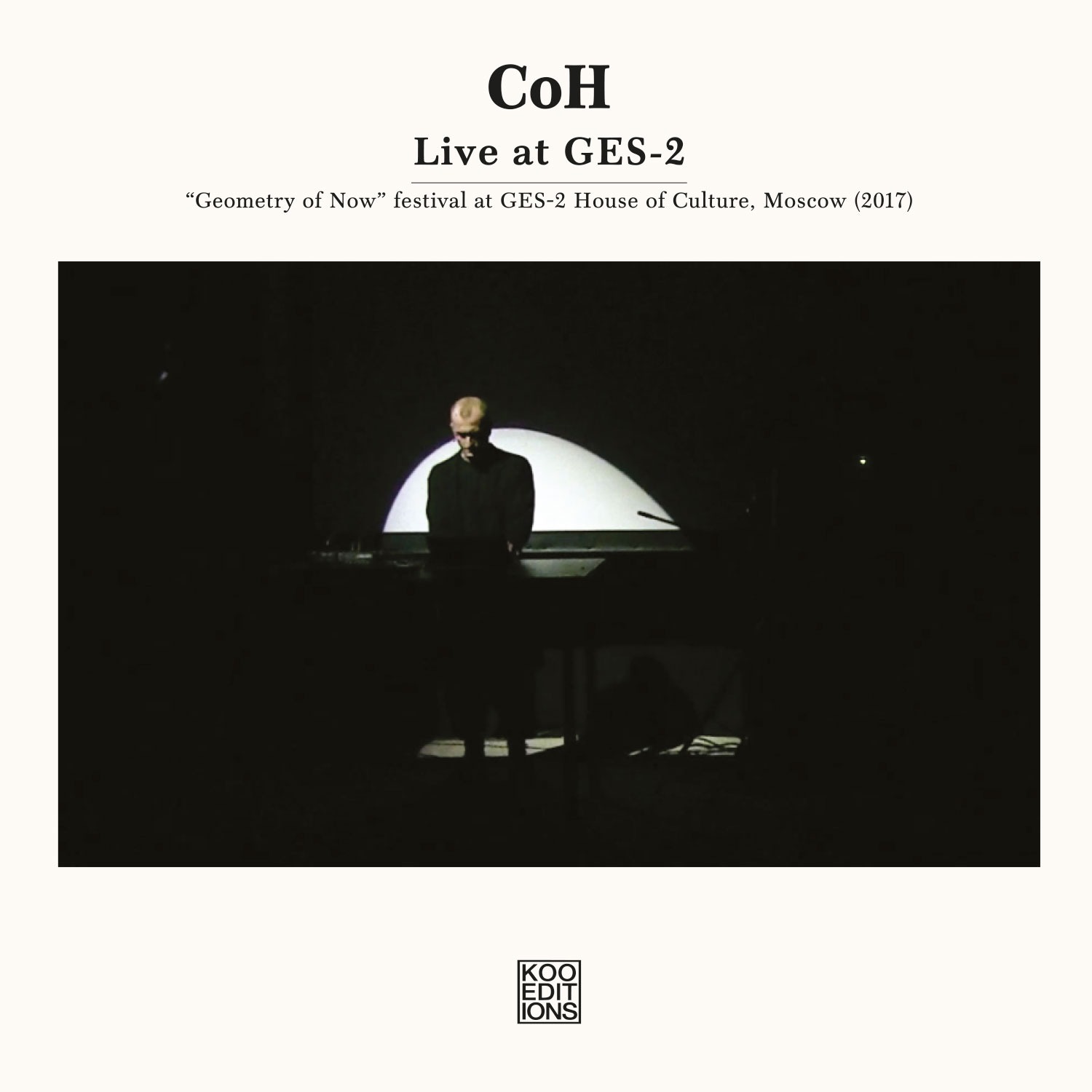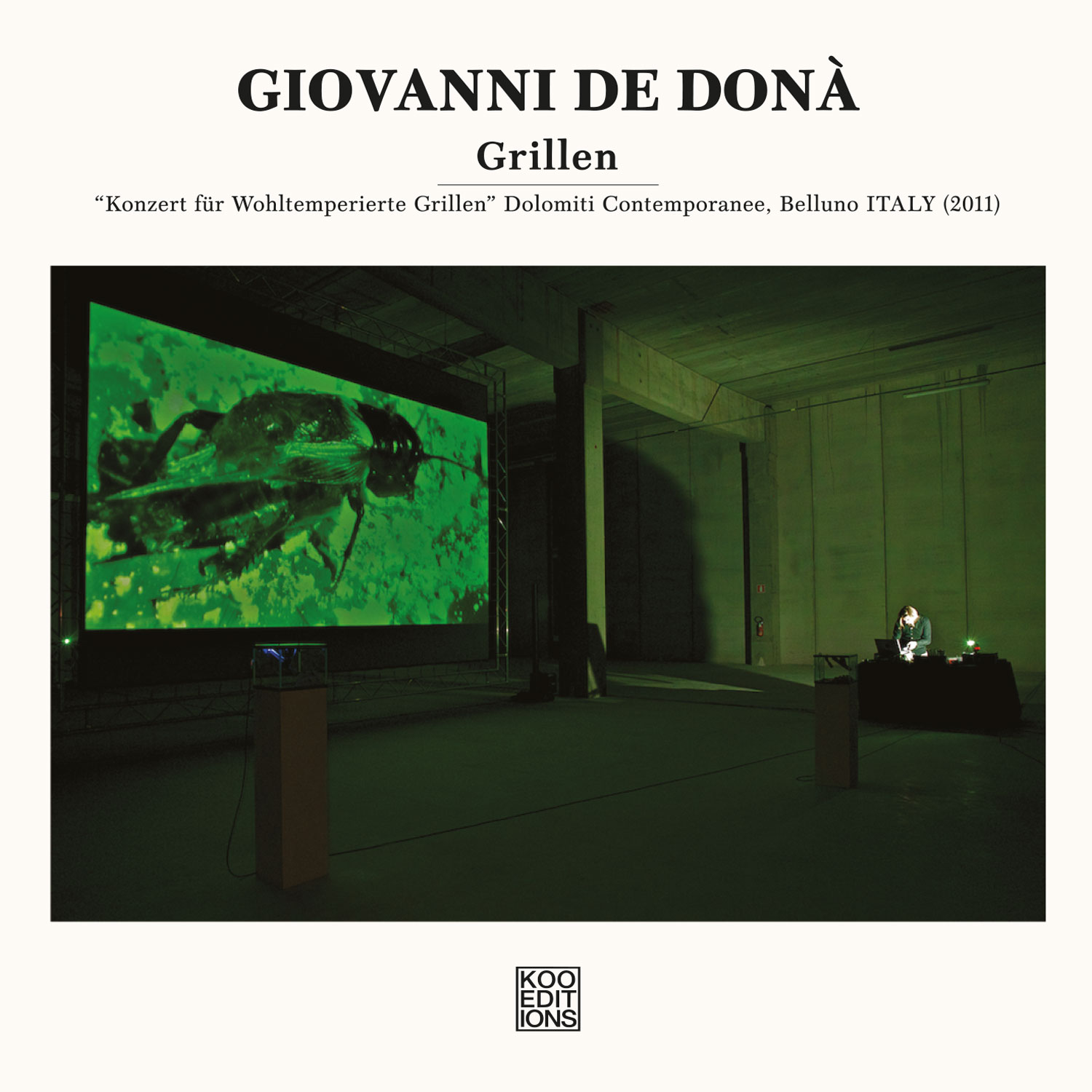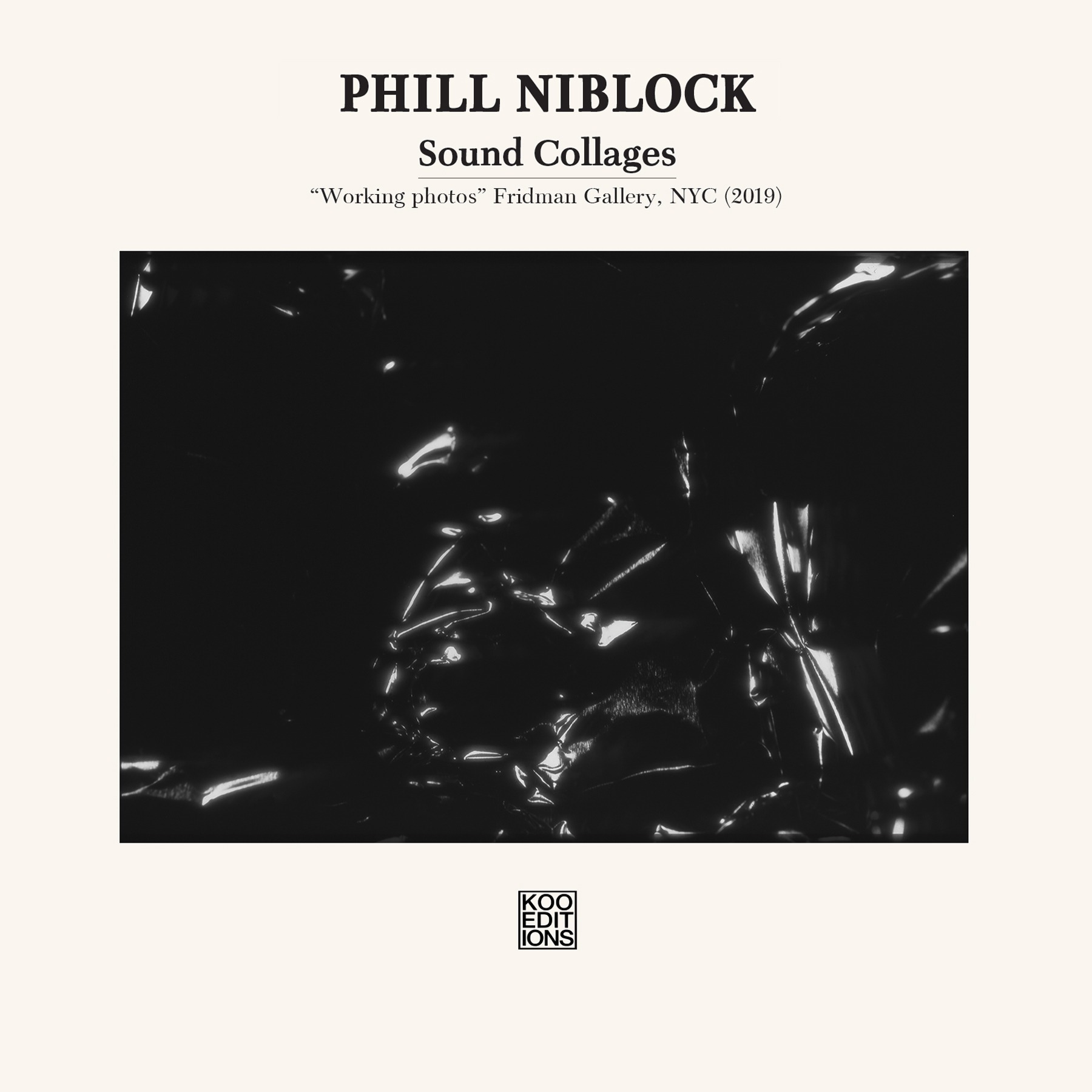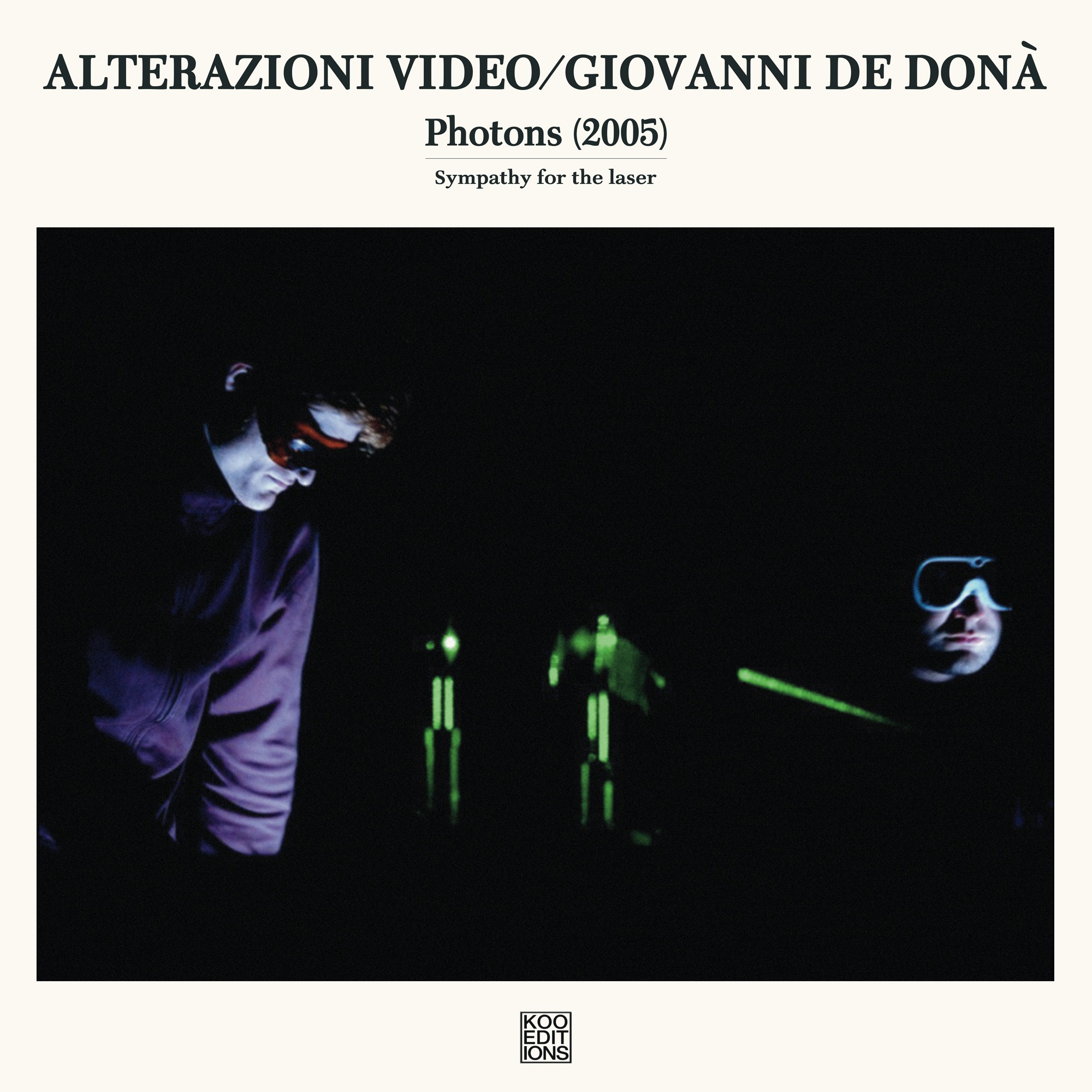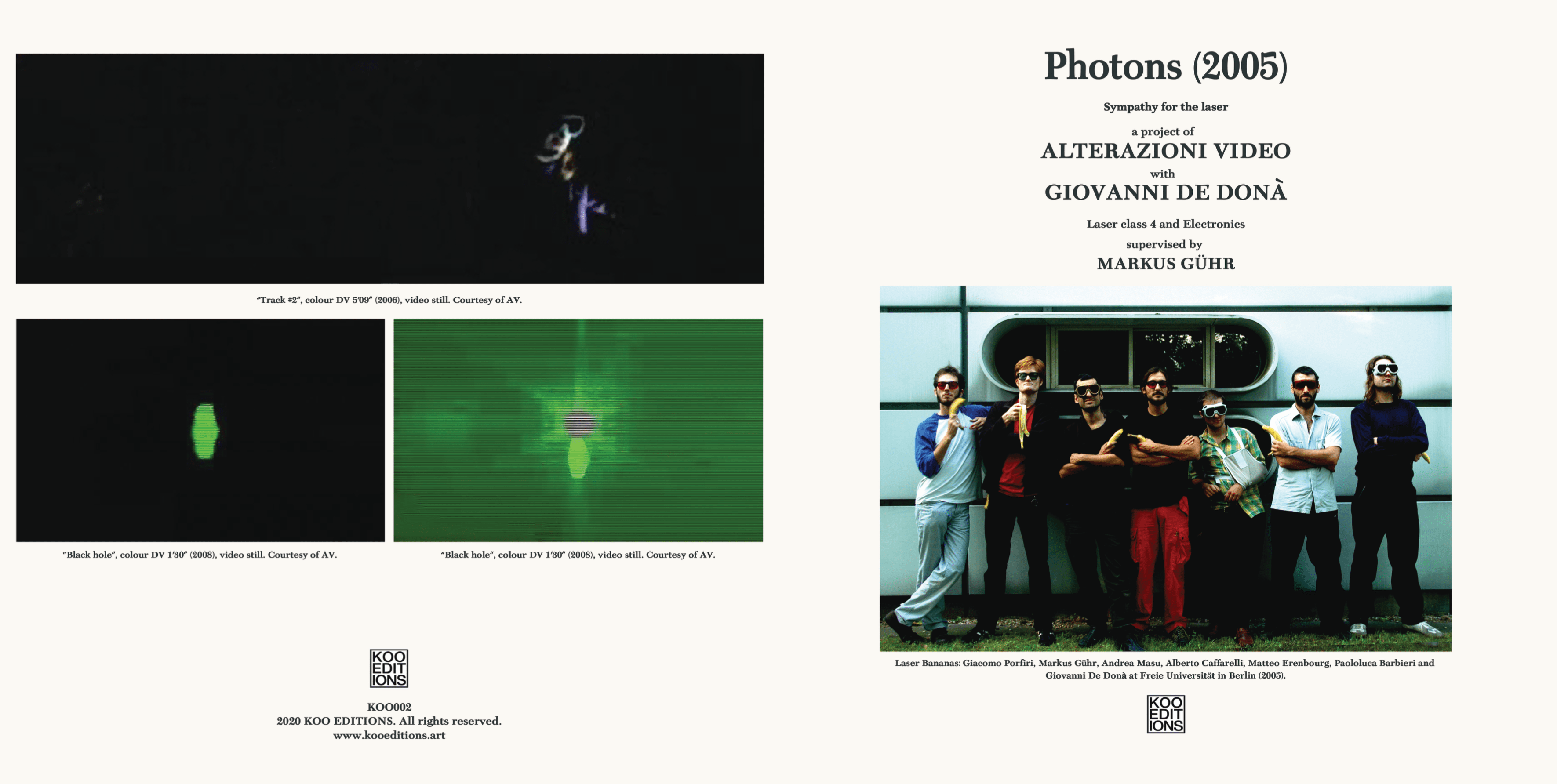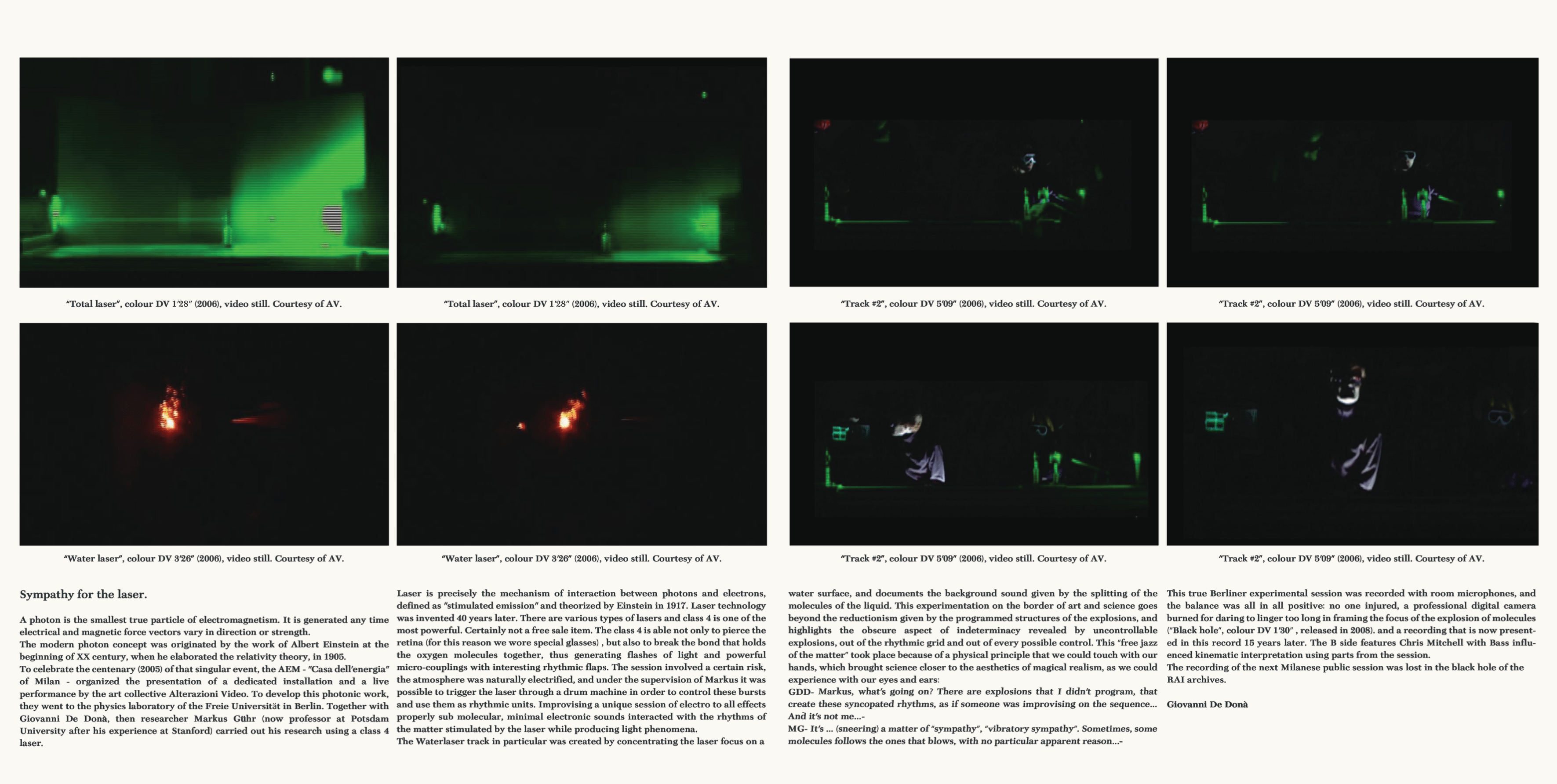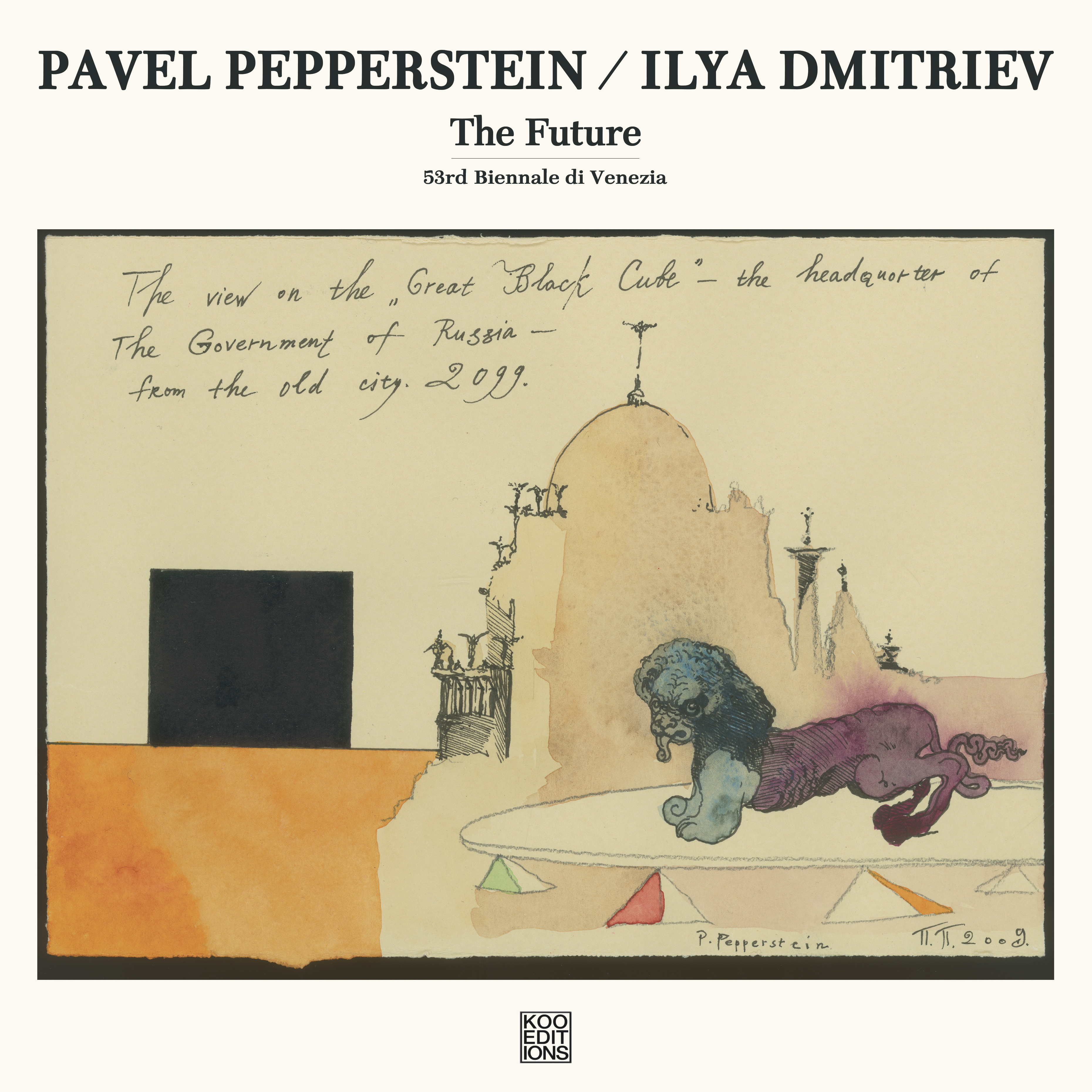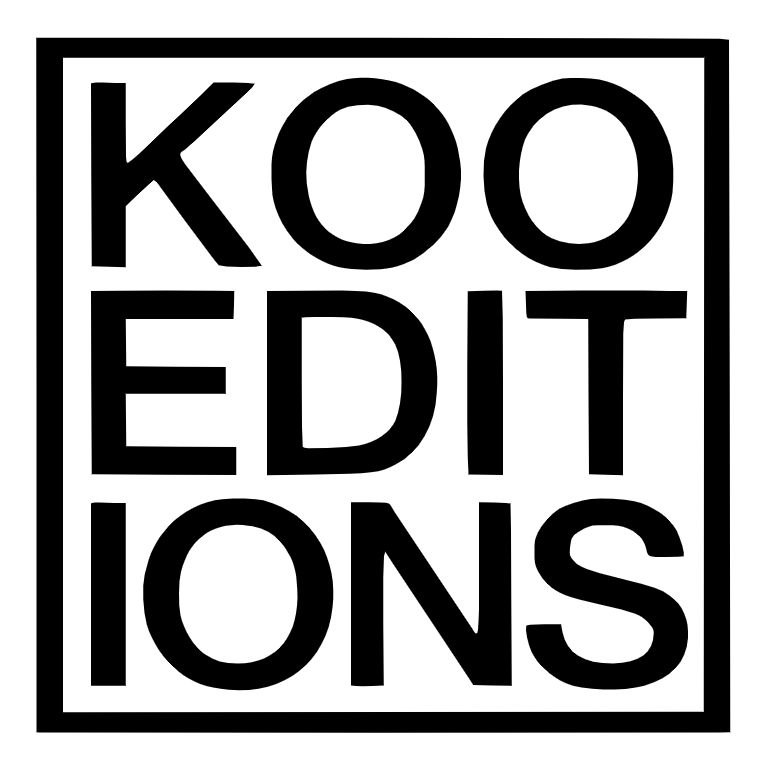
AVANT-GARDE / CODES / CODEBREAKERS /
Analogue and Digital Curated Publishing.
Contemporary Art Documentary meets Electronic Music Culture.
Format: LP
Title: Io
Author: Niclas A Lindgren
Tracks:
Io (5:19)
Tokyoljus (3:59)
Anpart (5:06)
Not (2:59)
Förlorad ton (5:41)
Himmel (5:31)
Nåden (4:51) [digital download only, not on vinyl]
Release date: Dec. 31, 2023, 00:22 UT, when Io exits eclipse by Jupiter’s shadow.
About: “Io” is the result of a process that started in 2022 during the composition of the music for Bertolt Brecht’s play ”Life of Galileo”, directed by Carolina Frände, at the Royal Dramatic Theatre in Stockholm. In Galileo’s search for the unseen, he points his telescope to the sky, expanding human perception and our understanding of the world. Here, the electromagnetic fields of the theatre stage are recorded using a sort of anti-radio, an artisanal pocket electromagnetic detector, in line with the significance of the Neosurrationalist* bridge between art and science inaugurated by Koo Editions (see KOO008 Lightwaves). Sculpting and arranging these frequencies became a compositional practice that began with the track entitled “Io”, named after the moon Io, which was one of Galileo’s first discoveries.
The album was made at the legendary Elektronmusikstudion in the spring of 2023 and finalized during a summer residency at Palazzo Stabile, Piemonte, Italy.
*alt-modern sub specie referred to Gaston Bachelard’s “Surrationalism” of 1936
Electromagnetic music is a marker of the music of the early XXI century. Electronic music without synths. The rest is past.
Giovanni De Donà
PLEASE NOTE: Vinyl buyers can redeem the entire digital album using the code here
Format: LP
Title: Lightwaves
About: The definitive electro archetype and its dissemination. Rehearsal for a world tour from Milan to MoMa PS1 in 2006.
Authors: Alterazioni Video, Giovanni De Donà
Tracks and featuring:
A1 Rehearsal for a world tour from Milan to
MoMa PS1 (2006) – 5:29
Giovanni De Donà
A2 Interpretation 1 – 4:04
Chris Mitchell
A3 Interpretation 2 – 5:43
Alessandro Adriani / Giovanni De Donà
B1 Interpretation 3 4:04
Alien Delon (Ilya Dmitriev)
B2 Interpretation 4 4:50
Nasty Boy (Nicola Penna)
B3 Interpretation 5 4:58
Abyssy (Andrea Salomoni)
All the interpretations are featured in 2023
A project for lights and solar panels:
Together with Photons (2005), released as KOO002, Lightwaves completes the investigation of the electro archetype, documenting the Neosurrationalist* bridge between art and science, that began with a dialogue in a Kreuzberg bar involving Giovanni De Donà, Paololuca Barbieri of Alterazioni Video, and physics researcher Markus Gühr, now professor and lead of the Experimental Quantum Physics group at Potsdam University in Berlin.
The dissemination given by the current interpretations made by various artists,
reveal the possibility of radical vibrant electro made without synthesizers, in spite of Kraftwerk’s tradition. To play directly with neonlights instead of singing them, and to amplify even the invisible infrared of a remote control without fearing a T.V.O.D -television overdose-, it meant entering definitively into the new normality of the bruit, the rauschen, the shum, the záyīn, the new “Arte dei rumori” of the electromagnetic noise of the new millennium, revealing both the inaudible of light frequencies and also the invisible through its raw sound and potential for irreverent, chromatically-limited pulsations.
The first pocket-sized Chinese solar panels are turned into photomicrophones, and with an inexpensive set-up made of different light bulbs, neon, remote controls, LEDs, and a dimmer, we experienced the zeitgeist by closing a cycle that involved popular culture and contemporary art. Lightwaves was on tour for some years from No Art Gallery and Mediateca Santa Teresa in Milan to MoMa PS1 and Location One in New York, MoCa and Duolun Museum in Shanghai, Ikra club in Moscow, then in other locations as Kunstlerhaus in Stuttgart, Link in Bologna, Flowers in Catania, Acusmatiq 2.0 in Ancona, Mayr 3 in Milano again, and Breakout music festival featuring Steve Piccolo in Genova in 2009.
*alt-modern sub specie referred to Gaston Bachelard’s “Surrationalism” of 1936
Giovanni De Donà
By contacting koo@kooeditions.art you can get a free folder of Lightwaves stems, then play with these sounds, becoming part of the artwork and the avant-garde.
Format: LP
Title: Moscou Aller-Retour
Author: Alexei Borisov, Sergey Kasich, Giovanni De Donà, Gianluca Ghini
Tracks:
A: Live at Ges-2, Borisov/Kasich (22:28)
B: Petroni apartment session, De Donà/ Ghini (22:59)
Year of publishing: 2023
About: An imaginary train journey between Bologna and Moscow.
The original recording of the entire experimental electronic session performed at the audiovisual festival “Geometry of Now,” Moscow (2017) curated by Mark Fell, reworked in Bologna (Italy) with custom analog equipment in 2022.
Alexei Borisov, the Moscow underground legend who has spanned new wave, electronic noise and constructivist experimentation, dialogues with artist and curator Sergey Kasich, a sound and media artist originally from Sevastopol, Crimea, founder and main curator of the SA)) community for experimental sound artists from the post-Soviet regions (https://soundartist.ru), as well as the SA))_gallery and SA))_studio in Moscow.
The deconstruction of that live performance is meant to underscore the evidence of the lie of the end of history and the inadequacy of theories produced by the relativist burden of postmodernity with its illusory recombinations, revivals and remixes, lead to the search for a misaligned and alt-modern subjectivity that concretely emerges from an imaginary journey into the era of the materialization of the unexpected, like the sudden concreteness of a window that no longer squeaks, but slams…
The “Petroni apartment session” was recorded in Bologna, by also mixing concrete elements of environmental recording to emphasize the sudden impending immediacy of the real dimension.
Giovanni De Donà
Format: LP
Title: Elemaun
Author: Ali Phi
About: The electronic audiovisual project, inspired by ritual & regional music from the Iranian plateau. After the Linz Ars Electronica premiere of 2016 it was presented in Poland, Iran, United Arab Emirates, Qatar, Germany and finally in Canada in 2019, where the artist is based.
Tracks:
1. Daikato – (03:15) [Based on music with the same name from the southern shoreline of Iran]
2. Xylow – (06:06) [Based on Zār music of Khouzestan]
3. Endelah – (04:10) [Based on zikr Shafai al Madad, music of Balouchestan]
4. Yaleh – (04:58) [Based on music from Northern shoreline of Iran]
5. Tham – (05:04) [Based on the music of Sinj and Damam ritual of Boushehr]
6. Miv – (05:12)
Instruments:
Nazanin Ghanizadeh [Kamancheh for Yaleh]
Farough Rahmani Shestan [Soroud for Endelah]
Mehrdad Bameri [Soroud Endelah]
Moein Bameri [Tanbourak Endelah]
Cover Artwork: Shahab Shahali
Year of publishing: 2022
Please note: this vinyl release will be followed by a limited digital collectors’ edition of 10 vinyl copies including 10 different exclusive artworks printed and signed by the artist and certified by the corresponding NFT, which will be transferred to the buyer’s wallet once the record is purchased here:
https://kooeditions.bandcamp.com
Only the phygital edition will soon be available on Bandcamp.
Elemaun
The term “elemaun” (loanword from French) is equivalent to the English word element, commonly used in mathematical terms of the surface integral in Persian. The components and smaller surfaces that are selected to study the whole surface are called “elemaun.” Such elements can contract in size to a considerable degree to estimate the limit value of the intended surface.
The project is the result of research started in 2016 in the format of audiovisual performance set in experimental electronic music, recreating & sampling the ritual & regional music of Iran and rhythmic patterns in both formats of sound and visual inspired by Persian culture and the Middle-Eastern philosophy. The Elemaun audiovisual set is created based on appropriating the motifs, visuals, and the regional and ritual music of Iran combined with contemporary electronic music and abstract visual narrativity executed through technology for producing and controlling digitally created real-time motion pictures to create a project based on the context of live cinema.
The regional and ritual music roots are connected to deep mysticism and ancient lifestyle and the source comes from nature, life, and social interactions of instrument players with their people and their habitat. They should reach a sublime spiritual position to be permitted to play when the musical instrument allows them to play so they are considered as masters and mentors in their societies.
Inspired by the sky, rain, nature, and love, this music is used as medicine in healing ceremonies in some regions with staged musicians singing and performing for the generosity of the sea and sky or mourning for their lost ones in the sea.
Considering this deep flow of energy and the musicians’ being detached from the physical world while playing, this project was complemented by adding a contemporary touch of music composed based on those key tunes and recreating these materials into a new form of music.
The set consists of six compositions of digital and analog synthesizers, field recorded samples, ambient soundscapes, and synthesized drum machines referencing different cultures, music, and narratives and the same approach has been taken for computer-generated motion pictures and real-time edited video footage. The tunes are sampled as abstract, minimal, and repetitive motifs from different cultures of Baluch, Azeri, Southern Iranian Arabs, Khorasan, etc.
The visual aspect of this project is an attempt to bring together the elements from literature, architecture and art, considering the Iranian rituals and performative arts including the mystical dance of the Sufis over thousands of years in the Iranian plateau. The noises and digital glitches of the 90s cassettes, the video images of past decades, the reproduced images of architectures, and real-time visual codings are trying to depict a non-specific place and time meant to be created in the audience’s mind based on their own perception.
Poem from Rumi used in designs:
The small particles will unite, To create the earth and sky, These familiar pieces once more, Arrange the cosmos furthermore, The particles will separate over, To form a new system over.
Ali Phi
Format: CD
Title: Live at GES-2
Author: CoH
About: Recording of the entire session performed at “Geometry of Now”, the audiovisual festival organised by the V-A-C Foundation and curated by Mark Fell that took place at the former power station GES-2 in the hearth of Moscow (2017).
CoH, the alias of Ivan Pavlov, is a Russian word for both sleep and dream, spelled in Cyrillic and pronounced as ‘son’. Having left Russia for Sweden in 1995, CoH produced an extensive catalogue of releases, including several notable collaborations with leading figures in industrial music, such as Cosey Fanni Tutti and Peter Christopherson of Coil/Throbbing Gristle.
His dreamlike progression resonates here within GES-2, an exceptional monument of industrial archeology from the early 20th century, which Renzo Piano transformed into a multifunctional exhibition space whose renovation was completed later in 2021.
Tracks: Live at GES-2 (entire session) – (43:16)
Year of publishing: 2022
Format: CD
Title: Grillen (Konzert für Wohltemperierte Grillen)
Author: Giovanni De Donà
About: An octophonic performance realised on 7 September 2011 for Dolomiti Contemporanee, an improvised concert for technological apparatuses and insects: through the use of Diachronic, an innovative software conceived and produced by the artist. A dialogue opens with the crickets selected and microphone-controlled in their boxes placed inside a deserted industrial area of the Dolomites, staging a vision of continuity between man and nature, mediated by technology.
Tracks:
1. Konzert für Wohltemperierte Grillen – (29:56)
2. Intervallo – (0:21)
3. Konzert für Wohltemperierte Grillen – Diachronic solo version – (11:45)
Year of publishing: 2022
Diachronic on stage
The crickets were observed and fed for days, separated into 4 different groups according to aptitude and species, corresponding to 4 separate channels, as if they were 4 teeming autonomous, living and responsive instruments.
Diachronic is a patented instrument inspired by the plastic dynamism of the Futurist Umberto Boccioni, free jazz and the elliptical regularity of Kepler’s laws.
It allows you to draw speed variations in real time while maintaining the same duration of the measure, to improvise as the sound paste unfolds over time.
This digital instrument is used during the session to dialogue with the crickets, which reacted particularly to sharp peaks, while in the second part it becomes the exclusive and artificial protagonist, and is used to rework the recorded material.
Giovanni De Donà
Related links: https://vimeo.com/30495647
Format: CD – (44:13)
Title: “Sound Collages”
Author: PHILL NIBLOCK
About: selected tracks and images from the exhibition “Working photos” at Fridman Gallery, NYC (2019), specifically in reference to the black and white photo and video series ‘Light Patterns’, here represented in a 10-page booklet by 7 selected pictures and an exclusive retrospective story by the author related to memory and place.
The tracks include aquatic elements, crickets, bells and other stories from the Greek islands, Belgium, the Danube and the Rhine Delta in a real life experience that comes back to mind as a fluid sensation.
Tracks:
Bells Syros – (5:46)
Crick – (11:02)
Bells &Timps – (5:32)
Zound Delta – (21:53)
Insert: 10-page booklet with 7 selected pictures and an exclusive retrospective story from the author related to memory and place
Circulation: Limited Edition, 200 numbered copies
Year of publishing: 2021
Warning: the CD release will be followed by a very limited cross-media edition of 5 vinyls +NFTs.
Sound Collages
I bought my first tape recorder in 1953, it was a Masco, made in Long Island City, NY, I think the first consumer tape recorder. Later Webcor made more mass market recorders. The Masco had an out-of-balance flywheel, so it had built-in wow and flutter.
I did not make so many recordings with it, and even mostly used it to record records to tape, records that I did not own but could borrow.
This was especially during the time I was in the US Army, stationed partly in a hospital, where there was an in-house (only to the beds in the hospital) wired, radio station, where the sergeant was a friend and allowed me to DJ at night, and to copy records from the army transcriptions. I probably still have some of those transcriptions, and that tape recorder is sitting on a shelf about 15 feet from where I am now sitting.
Later, I had rewired the machine, so I could take the signal directly from the playback head to a preamplifier and sound system.
So, I had some long experience with recording, when I started to make music in 1968, and had much better recording machines. In 1969, a friend, Al Mazaltove, gave me a $500 grant and I bought a Revox B77 half track stereo recorder, so my fidelity went way up.
In the first years after that, besides making my music, I made what would now be called “Sound Art” pieces.
In the 70s and 80s, I was recording in the field with various cassette recorders. I decided to make a piece for the main (world) sound art radio station, WDR, in Koln Germany. Except they did not acknowledge my request.
So I decided to make a part of it, anyway, a piece mixing many different recordings, from cassette origins, with the basis being a Ghost ceremony in Aberdeen, a section of Hong Kong, from 1978.
I mixed with that the sounds of cowbells in a field in Hungary, many locomotive trains with horns, and various other things that I can’t remember, It was an hour long piece, and I think the second piece that I realized with the ProTools multitrack software. Maybe.
With that preamble, the pieces on this CD/LP, were recorded on portable recorders, and mixed, using ProTools.
A new LP and CD with Giovanni De Donà, of Bologna. Italy, with “Sound Collage” pieces, not music, – Crick(et); Bells & Timps; Bells Syros; and Zound Delta-.
Crick(et) material was recorded on Ikaria Island, Greece, near Turkey, once an island inhabited by Greek Communists, in the summer of 2012.
We, Katherine Liberovskaya and I, were there on a “vacation”, which seldom happens. And it was the time of the cricket swarms, thousands or millions of them. This is a multitrack mix of many Crickets.
Bells & Timps, the sounds were recorded by Godfried Willem Raes in Gent Belgium in 1986, on analog tape, and I made this mix about 2010 (?). There are no Timps, just a pun on my friend, Michael Timpson (nicknamed Timps) and a piece I made in 1978 for Jan Williams of Buffalo, playing tympany, named Tymps in E.
Bells Syros, the sounds recorded on Syros Island Greece, during a residency, with the bells that were on a roof of a monastery that we (Katherine and ) were staying at, a short walk upstairs from our room, and I was sitting on the wall around the 3 bells and hitting the bells with a kitchen knife wrapped in a cloth, holding the microphone in the other hand, inside the bells. I could not ring the bells with the clappers, because that would seem to announce to the island a church service.
I did the mix there in ProTools, and I played the piece a very few days later, in a demonstration of all the residency artists’ projects. The view from the bell tower was fantastic, looking out over the north part of the island and the bay. There was a long, winding road coming up from the town, with frequent trucks and motorcycles climbing the mountain, making a lot of noise, and disturbing the recordings. This project was produced by Sound Meetings, in Greece.
Zound Delta was made during a residency, by recording sounds of the river, moving up the Danube River, on a houseboat re-structured from a river barge, with two barges coming upriver, starting from the Delta of the Danube and Rhine Rivers, starting each at the Black Sea in Romania, and the Rhine in Holland. We (Katherine and I) joined the boat at the Delta. I made recordings at various places in the delta, and going up the river, using both acoustic microphones and under the water hydrophones.The mix is very episodic, with a few minutes from many locations blended together. All of my previous sound collage pieces have very singular sounds, but his one combines many different sounds. After about two weeks, we stopped in Romania, in a town, and had a concert, and I playing this mixed piece. Then we left the project, and others came aboard, to continue on.The boats were to meet in Strasbourg France, late in the summer, to have a performance event meeting, and it did happen, and I was there, too.
This project was produced by the European Sound Delta Project, in Paris France.
Phill Niblock – NY, 2021
The Intermedia crosses the return of the “aura”
This work released in CD celebrates the artist’s personal history, recounting episodes from his personal life, from the purchase of his first tape recorder in 1953, to his nocturnal activity as a DJ in the radio station during his military service, to the beginning of his musical career in 1968. A journey through magnetic tapes, through what today would be called “sound art”, the transition to digital processing, up to this celebratory adventure developed at a distance together with Giovanni De Donà of KOO EDITIONS during the pandemic isolation.
This project is not only about the canonic digital edition in CD, digipak with booklet, of material selected by the artist from an art exhibition.
“Sound Collages” introduces in fact a conceptual experimentation in the mode of edition, dividing itself into two different proposals.
The second proposal concerns in a very limited and collectible series, which involves the combined release of 5 vinyls carved by a lathe, the old and dear analogue media with its craftsmanship, each accompanied by an NFT, the new immaterial format able to carries authenticated unique or limited serial content, containing in this case the images and text of the booklet, proposing an exclusive cross media viewing-listening experience: an hybrid limited collection based on the vinyl+NFT combination.
We are here facing the main awareness of the fact that the NFT represents the return of the aura of the artwork, as understood according to Benjamin, given by the unprecedented possibility of the authenticated uniqueness of a digital file, which magically returns to being “the original”, and in this case also witness and proof of the existence and originality of the contents imprinted on perishable material supports.
Beyond the current speculation implemented through objects of doubtful historical and cultural value transposed in NFT, one can understand this relatively new decentralised digital technology, the so called blockchain, as a means of preserving certified content through the creation of Not Fungible Tokens, the so called NFTs, revolutionary archival tools that can empower the author and his control over his work, both in a popular and archival sense.
The collectible NFT is a new object curated and proposed by KOO EDITIONS that will stand alongside the physical media with the intention of establishing originality through authentication, pursuing preservation, exploring the possibilities of circulation of curated items in a long-term perspective, following the independent spirit and audacity of the label, which continues in small steps towards the unknown.
Giovanni De Donà
Format: vinyl LP
Title: “Photons”(2005)
Authors: Alterazioni Video, Giovanni De Donà
About: an unprecedented submolecular electro session between Art and Science, supervised by Markus Gühr and recorded in the Physics Lab of Freie Universität, Berlin, 2005
Tracks:
A1: Heavy metal music for laser – (5:04)
A2: Monsters from the ID – (4:54)
A3: Waterlaser – (3:26)
A4: Motorlaser – (0:36)
B1: Interpretation 1 – (6:58)
B2: Interpretation 2 – (2:54)
B3: Interpretation 3 – (3:30)
B side featuring: Chris Mitchell (Tampa, Florida), recorded in 2020
Insert: exclusive images and still da video of the performance
Year of publishing: 2020
Sympathy for the laser
A photon is the smallest true particle of electromagnetism. It is generated any time electrical and magnetic force vectors vary in direction or strength.
The modern photon concept was originated by the work of Albert Einstein at the beginning of XX century, when he elaborated the relativity theory, in 1905.
To celebrate the centenary (2005) of that singular event, the AEM – “Casa dell’energia” of Milan – organized the presentation of a dedicated installation and a live performance by the art collective Alterazioni Video. To develop this photonic work, they went to the physics laboratory of the Freie Universität in Berlin. Together with Giovanni De Donà, then researcher Markus Gühr (now professor at Potsdam University after his experience at Stanford) carried out his research using a class 4 laser.
Laser is precisely the mechanism of interaction between photons and electrons, defined as “stimulated emission” and theorized by Einstein in 1917. Laser technology was invented 40 years later. There are various types of lasers and class 4 is one of the most powerful. Certainly not a free sale item. The class 4 is able not only to pierce the retina (for this reason we wore special glasses) , but also to break the bond that holds the oxygen molecules together, thus generating flashes of light and powerful micro-couplings with interesting rhythmic flaps. The session involved a certain risk, the atmosphere was naturally electrified, and under the supervision of Markus it was possible to trigger the laser through a drum machine in order to control these bursts and use them as rhythmic units. Improvising a unique session of electro to all effects properly sub molecular, minimal electronic sounds interacted with the rhythms of the matter stimulated by the laser while producing light phenomena.
The Waterlaser track in particular was created by concentrating the laser focus on a water surface, and documents the background sound given by the splitting of the molecules of the liquid.
This experimentation on the border of art and science goes beyond the reductionism given by the programmed structures of the explosions, and highlights the obscure aspect of indeterminacy revealed by uncontrollable explosions, out of the rhythmic grid and out of every possible control. This “free jazz of the matter” took place because of a physical principle that we could touch with our hands, which brought science closer to the aesthetics of magical realism, as we could experience with our eyes and ears:
GDD- Markus, what’s going on? There are explosions that I didn’t program, that create these syncopated rhythms, as if someone was improvising on the sequence… And it’s not me…- MG- It’s … (sneering) a matter of “sympathy”, “vibratory sympathy”. Sometimes, some molecules follows the ones that blows, with no particular apparent reason…-
This true Berliner experimental session was recorded with room microphones, and the balance was all in all positive: no one injured, a professional digital camera burned for daring to linger too long in framing the focus of the explosion of molecules (“Black hole”, colour DV 1’30” , edited in 2008). and a recording that is now presented in this record 15 years later. The B side features Chris Mitchell with Bass influenced cinematic interpretation using parts from the session.
The recording of the next Milanese public session was lost in the black hole of the RAI archives.
Giovanni De Donà
Format: vinyl, single sided
Title: “The Future”
Authors: Pavel Pepperstein, Ilya Dmitriev
About: soundtrack of Pepperstein’s exhibition in the Russian Pavillion at the 53rd Biennale di Venezia
Tracks:
Side A: “The Future” – (10:36)
Circulation: Limited Edition, 300 numbered copies
Year of publishing: 2019
In the beginning there was the Avant-garde…
The first release feature Pavel Pepperstein’s performance in the Russian pavilion of the Venice Biennale in 2009, which is now presented again on KOO EDITIONS 10 years later. Since 2009 was the year of the centenary of the Futurist Manifesto, the thematic reference looks to the historical Avant-Garde: it is in fact a work of Russian Retrofuturism and bold beauty.
The recordings are titled “The Future” and introduce a radical criticism for the Russian being. Its roots go back to the past experience gained by the author in the Inspection Medical Hermeneutics, a pioneering artists’ collective formed in 1987 in a squat in Moscow during the years of Glasnost and Perestrojka. On the cover there is an image chosen from the paintings displayed in the exhibition. Inside there is a recording of the audio set by Ilya Dmitriev, a mixable retro electronic track deliberately influenced by 80s disco archetype. Pepperstein’s speech blows over the beat from the ultraworld and goes in an unexpected direction, far from any hedonistic exaltation, embracing a severe criticism of a future towards which he absolutely does not want to tend. The artist, of unquestionable fame and international value, takes strong positions against the western cultural narrative and art market policies which deserve to be slammed in the face of today’s public, like MiG that lands in your living room.
Giovanni De Donà
